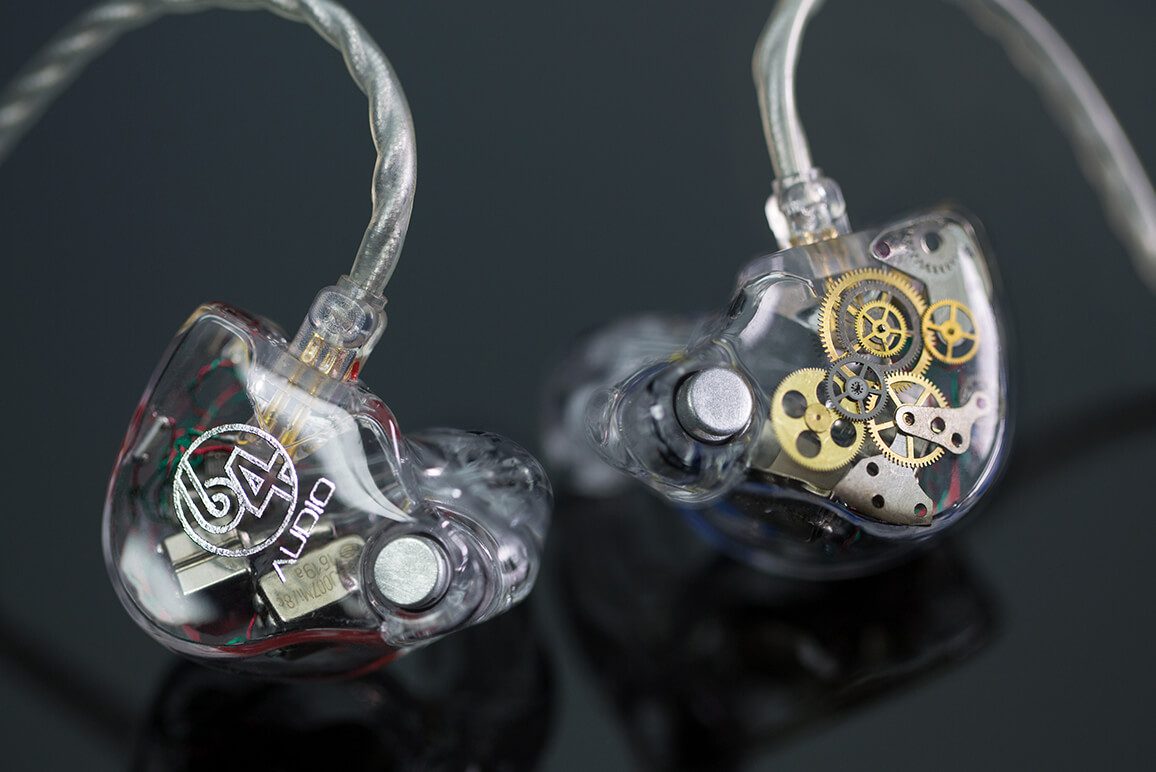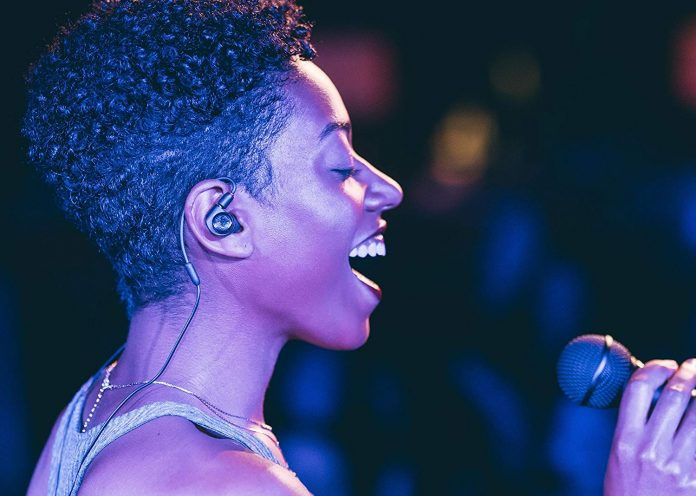What Do In Ear Monitors Connect To and Why It Matters?
In the world of professional photography, capturing the perfect moment isn't just about the camera and settings; it's also about the sound environment. For those who work alongside musicians or in environments where sound clarity is essential, understanding what do in ear monitors connect to can significantly enhance your experience and results. This article delves deep into the connections and the technology behind in ear monitors to help photographers make informed decisions.
Whether you're shooting a live performance or interacting with artists, in ear monitors can be integral to your workflow. By navigating through what these sound devices connect to, you'll learn how they function and how they can elevate your professional photography work.

What Are In Ear Monitors?
Before diving into the connections, let's first clarify what in ear monitors (IEMs) are. These are specialized earphones that provide audio directly from a mixing desk or other sound sources. They allow users, particularly musicians and professionals in audio environments, to hear themselves and the overall mix without relying on stage monitors. This capability minimizes the feedback that can occur from traditional speakers in live settings.

What Do In Ear Monitors Connect To?
So, what do in ear monitors connect to? In general, IEMs connect to a variety of devices depending on the scenario. Here are some common connections:
- Wireless Transmitters: Many in ear monitors operate wirelessly, which means they connect to a transmitter. This device captures the audio signal from a mixer and transmits it to the receiver plugged into the IEMs.
- Mixing Consoles: In audio-focused events, IEMs can be connected directly to a mixing console using cables, allowing precise audio tailoring for each individual's preferences.
- Smartphones and Tablets: Many modern IEMs can also connect to mobile devices via Bluetooth, allowing personal listening and monitoring of audio tracks.

Benefits of Using In Ear Monitors for Photographers
Many photographers might wonder why they need IEMs when their primary focus is visual. Let's explore the benefits:
- Sound Clarity: In noisy environments, IEMs help photographers hear cues or instructions without disconnecting from the visuals.
- Improved Collaboration: When shooting in a team, a photographer can stay in sync with musicians or speakers, ensuring every shot works in harmony with the performance.
- Distraction Reduction: By monitoring only what is necessary, photographers can focus on their tasks at hand.

How to Set Up In Ear Monitors
Setting up in ear monitors is relatively straightforward.
- Choose the Right IEMs: Find a model that fits comfortably and suits the sound you want.
- Connect to Device: Either connect to a wireless transmitter or plug directly into a mixing console.
- Adjust Levels: Use the mixer to ensure the sound levels are appropriate for effective monitoring.
Common Issues and Solutions
Like any technology, IEMs can encounter issues. Here are some common problems and solutions:
- Interference: Sometimes, wireless signals can overlap, causing sounds to cut in and out. Switching channels on the transmitter can help solve this issue.
- Fit Problems: If IEMs arent fitting well, invest in some custom ear molds for better comfort and sound isolation. More tips can be found in this article.
Advanced Usage of In Ear Monitors
Advanced users might integrate their IEMs with more complex equipment. For instance, digital audio interfaces can process live sounds and allow for effects or modifications in real time. Musicians often request this setup during live shoots to ensure the best mix of audio for their performance.
Conclusion
Understanding what do in ear monitors connect to is essential for photographers who work in sound-rich environments. Not only do they provide necessary audio feedback, but they enhance the overall working experience. For more detailed guidelines, check out this article.
FAQs
1. Can in ear monitors work without a mixer?
Yes, any sound source with a compatible output can connect to IEMs.
2. Are there cheaper alternatives to IEMs?
While budget options exist, quality usually affects overall sound performance.
3. Why are custom molds necessary for IEMs?
Custom molds enhance comfort and sound isolation, providing a more tailored audio experience.
As an Amazon Associate, I earn from qualifying purchases.

